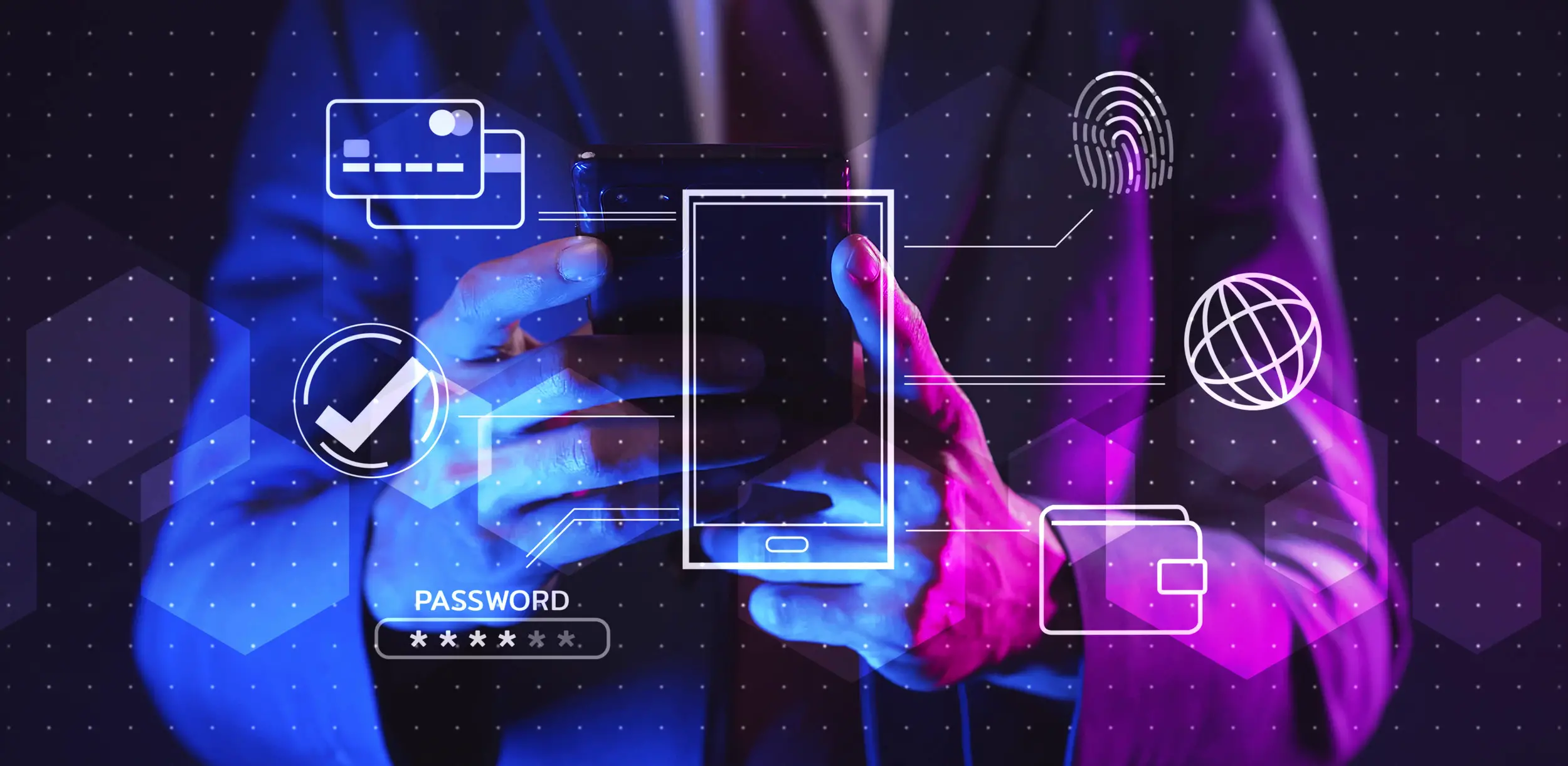In today’s interconnected world, the essentials of cybersecurity risk management are more relevant than ever. Cybersecurity risks, encompassing cyber threats and potential cyber incidents, are on the rise, underscoring the need for effective cyber risk management strategies. Quite often, people ask for help with the request to do my excel assignment on this topic for a particular service. This involves not just defending against but also understanding the nature and potential impact of cyber risks on sensitive data and overall business operations. Effective cybersecurity risk management hinges on robust security measures, a comprehensive cybersecurity risk management plan, and a deep understanding of the cyber landscape. Conducting regular cybersecurity risk assessments is the cornerstone of this strategy, helping organizations identify critical threats to their critical systems and formulate plans to defend against cyber attacks and mitigate their impact.

Developing a Proactive Risk Management Strategy for Cybersecurity
To combat the rising tide of cyber threats, organizations must develop a proactive cyber risk management strategy. This strategy goes beyond mere reaction to incidents, it involves a forward-looking approach, considering potential future cyber threats and vulnerabilities. The essence of a proactive strategy lies in the continuous analysis of evolving cybersecurity threats and the implementation of preemptive measures. This strategy includes repeated risk assessments, ongoing monitoring, and the adaptation of security measures to address emerging cybersecurity threats. A proactive approach also entails equipping the security team with the necessary tools and knowledge, emphasizing the importance of security awareness training to foster a culture of vigilance and preparedness against cyber attacks. WritePaper also offers specialized services for complex subjects like Cyber Risk Management Strategies. This service assists students and professionals in developing well-structured essays that analyze various strategies for managing cyber risks, including threat assessment, risk mitigation techniques, and the implementation of cybersecurity policies. WritePaper’s expertise ensures that each essay is thorough, informative, and relevant to current industry practices.
Navigating the Cybersecurity Risk Management Process: A Step-by-Step Guide
Effectively navigating the cybersecurity risk management process requires a structured and thoughtful approach. This process starts with a thorough cybersecurity risk assessment, aimed at identifying and evaluating various information security risks. Following this, it’s crucial to establish a risk management framework that aligns with the organization’s objectives. This framework should guide the entire risk management initiative, ensuring that each aspect of cyber risk management, from risk identification to mitigation, is addressed in a structured manner. Regular and repeated risk assessments are key to identifying emerging potential risks and implementing appropriate security measures. This step-by-step guide forms the bedrock of a robust approach to enhancing an organization’s security posture in the face of evolving cybersecurity threats.



Key Components of an Effective Cybersecurity Risk Management Strategy
An effective cybersecurity risk management strategy encompasses several key components. Understanding the landscape of cybersecurity risks and the implementation of a solid risk management framework are critical. This strategy should also include comprehensive risk management processes, integrating aspects like vendor risk management and aligning with the broader enterprise risk management objectives of the organization. Essential elements such as security controls, risk mitigation strategies, and a structured cybersecurity risk management process are vital. Incorporating frameworks like the NIST Risk Management Framework can aid in standardizing and improving these processes. An effective strategy is not just about protecting sensitive data, it’s also about enhancing the organization’s capability in managing cybersecurity risks. The strategy should be dynamic, adapting to new threats and integrating emerging technologies and methodologies to stay ahead of potential cyber risks.

Integrating Risk Management Strategy into Organizational Culture
Integrating a risk management strategy into an organization’s culture is a critical step for effective cybersecurity risk management. This integration means that managing risk becomes a collective responsibility, permeating all levels of the organization. It’s about creating an environment where each employee is aware of and plays a role in mitigating cyber risk and safeguarding sensitive data. A cyber risk management strategy should extend beyond the IT department, involving training and engagement across various departments. Security awareness training is a vital component, fostering a culture of security mindfulness and resilience against cyber threats.


Advanced Techniques in Cybersecurity Risk Management
In the realm of cybersecurity risk management, advanced techniques involve leveraging state-of-the-art technologies and methodologies. These include utilizing artificial intelligence and machine learning for more efficient detection and response to cybersecurity threats. Advanced techniques also mean conducting thorough and repeated risk assessments to gain a deeper understanding of the changing landscape of cybersecurity threats. Implementing an information security management system is another advanced approach, offering a comprehensive framework for managing and securing information. These advanced techniques are crucial in effectively mitigating cyber risk, ensuring the ongoing monitoring, and continual improvement of cybersecurity measures.
Measuring Success in the Cybersecurity Risk Management Process
Success in the cybersecurity risk management process can be measured by how effectively an organization identifies, responds to, and recovers from cybersecurity risks. This involves evaluating the effectiveness of implemented security measures and the overall risk management strategy. Key performance indicators may include the frequency and severity of data breaches, the efficacy of responses to cyber incidents, and the level of employee engagement in cybersecurity practices. Success measurement also involves assessing the cybersecurity risk management process against established information security risk criteria and the impact of the risk management initiative. Continuous improvement, driven by these assessments, is essential for adapting to the ever-changing landscape of cyber threats and cybersecurity risks.

Implementing Security Controls and Risk Mitigation
Implementing security controls and risk mitigation strategies is a fundamental aspect of an effective cyber risk management approach. Security controls are preventive measures that protect an organization’s critical systems and sensitive data from cyber threats. These controls range from technical solutions like firewalls and antivirus software to administrative measures such as access controls and security policies. Risk mitigation involves reducing the potential impact of identified risks. This includes developing contingency plans, conducting regular security training, and implementing incident response protocols. Effective risk mitigation ensures that an organization can quickly respond to and recover from cyber incidents, minimizing the impact on business operations.
Continuous Improvement and Ongoing Monitoring in Cybersecurity
Continuous improvement and ongoing monitoring are key components of a robust cybersecurity risk management strategy. Cyber threats are constantly evolving, making it imperative for organizations to continuously assess and update their security measures. Ongoing monitoring involves regularly reviewing security systems, policies, and procedures to ensure they are effective against current threats. Continuous improvement is about learning from past cyber incidents and adjusting strategies accordingly. This approach ensures that cybersecurity measures remain effective over time and that organizations are prepared to face new and emerging threats.

Role of Security Team in Cyber Risk Management
The role of the security team in cyber risk management is crucial. They are responsible for developing and implementing the cybersecurity risk management plan, conducting risk assessments, and ensuring that the necessary security controls are in place. The security team also plays a vital role in educating other employees about cybersecurity risks and best practices. Their expertise and vigilance are key to detecting and responding to cyber incidents. A strong security team, equipped with the latest knowledge and tools, is essential for an organization’s defense against cyber threats and the successful management of cybersecurity risks.
Addressing Cybersecurity Threats in the Modern World
Addressing cybersecurity threats in the modern world requires a comprehensive and adaptable cyber risk management strategy. As cyber threats become more sophisticated, organizations must be proactive in identifying and mitigating these risks. This involves staying abreast of the latest cybersecurity trends and threats, employing advanced security technologies, and fostering a culture of cybersecurity awareness. The goal is to not only protect against current threats but also to anticipate and prepare for future challenges. By doing so, organizations can safeguard their sensitive data, maintain their reputation, and ensure business continuity in the face of ever-evolving cyber threats.